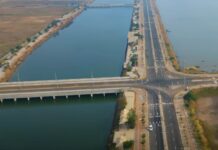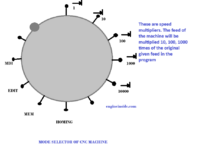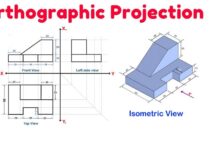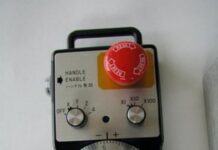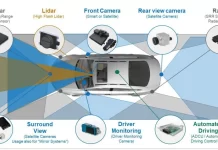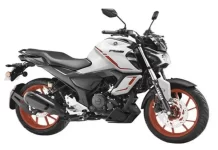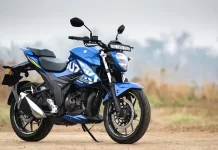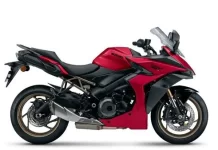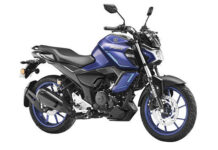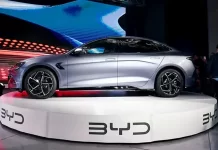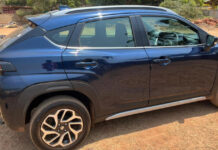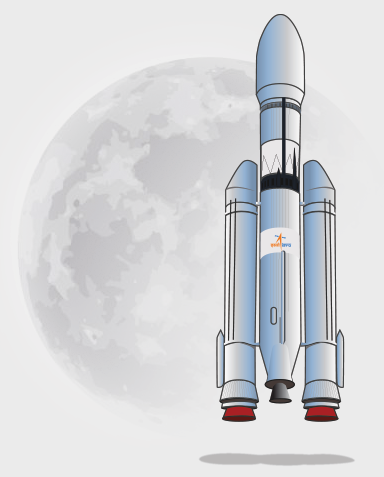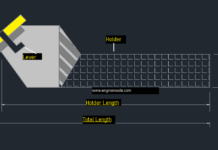Chandrayaan 2 launch
A much awaited mission to the moon, Chandrayaan 2 was launched on 22nd of July 2019 from Satish Dhawan Space Centre. Chandrayaan 2 landed on the surface of the moon on 6th September 2019, after entering the moon’s orbit on August 20. Besides the technical glitches that postponed the launch, the Scientists were determined to make the mission a successful one. PM Narendra Modi congratulated the team of scientists involved in the mission. He quoted in his Maan Ki Baat that everyone should take inspiration from the mission and have faith in their talents and capabilities. The launch was postponed just about an hour before the launch because of a leak in the helium tank. Liquid helium is used to maintain the temperature of liquid hydrogen fuel used to power the rocket.
Key points about Chandrayaan 2 ;
- Approximate budget ₹978 crore.
- Approximate weight of Chandrayaan 2 – 3850 kg.
- Life – 1 year(orbiter) and 14 earth days (lander and rover)
The complete has mission been designed and implemented by Indian Space Research Organisation (ISRO) India on its own. A home grown idea, technology and also implementation. Chandrayaan1 was launched in October 2008 and had given proof of presence of water vapour on the surface of the moon.
The main objectives of this mission;
- To sudy the history of earth as well as the moon. Moon provides much proven links to the origin of earth better than any other model. The composition and surface variations of the moon will be studied in that direction.
- To study the existence of water in more detail as was reported by the first Mission to moon, Chandrayaan 1.
- The target area is the South pole of the moon where no country has been able to discover yet. The mission will reveal details which can be related to the evolution of moon.
- Indegenious payload carried by Chandrayaan 2 will keep studying the surface of the moon even after the Chandrayaan 2 project ends after 2 years.
Main parts of Chandrayaan 2;
1. GSLV Mark III launcher
2. Lunar Orbiter weighing 2369 kg
3. Lunar Lander 1471 kg
4. Lunar Rover 27 kg
GSLV Mark lll launcher launches the satellites into the Geosynchronous orbit. It is presently the most powerful launcher that India is having. It is capable of launching satellites weighing upto 4 tonnes into the Geosynchronous Transfer Orbit.
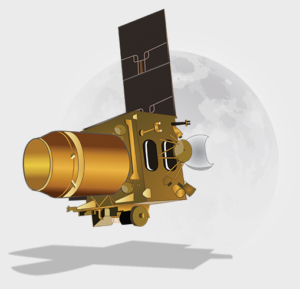 The Orbiter will keep revolving around the moon in a 100×100 km lunar orbit. It will be in contact with the Vikram lander as well as space station at Vayalu.
The Orbiter will keep revolving around the moon in a 100×100 km lunar orbit. It will be in contact with the Vikram lander as well as space station at Vayalu.
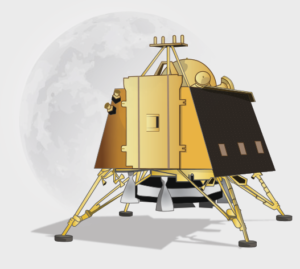 The Lander of Chandrayaan 2 Vikram is named after Dr Vikram A Sarabhai, the Father of the Indian Space Programme. It is designed to execute a soft landing on the lunar surface.One lunar day is equivalent to about 14 Earth days, Vikram is designed to work in this relative timings. Vikram has the capability to communicate with IDSN at Byalalu near Bangalore, as well as with the Orbiter and Rover simultaneously.
The Lander of Chandrayaan 2 Vikram is named after Dr Vikram A Sarabhai, the Father of the Indian Space Programme. It is designed to execute a soft landing on the lunar surface.One lunar day is equivalent to about 14 Earth days, Vikram is designed to work in this relative timings. Vikram has the capability to communicate with IDSN at Byalalu near Bangalore, as well as with the Orbiter and Rover simultaneously.
The Rover is a robot named Pragyan meaning wisdom in Sanskrit. It is equipped with 6 wheels and will traverse through the surface of the moon. At the same time it is capable to communicate with the lander. The Rover utilizes solar energy system to function.
Source: www.isro.gov.in www.firstpost.com




